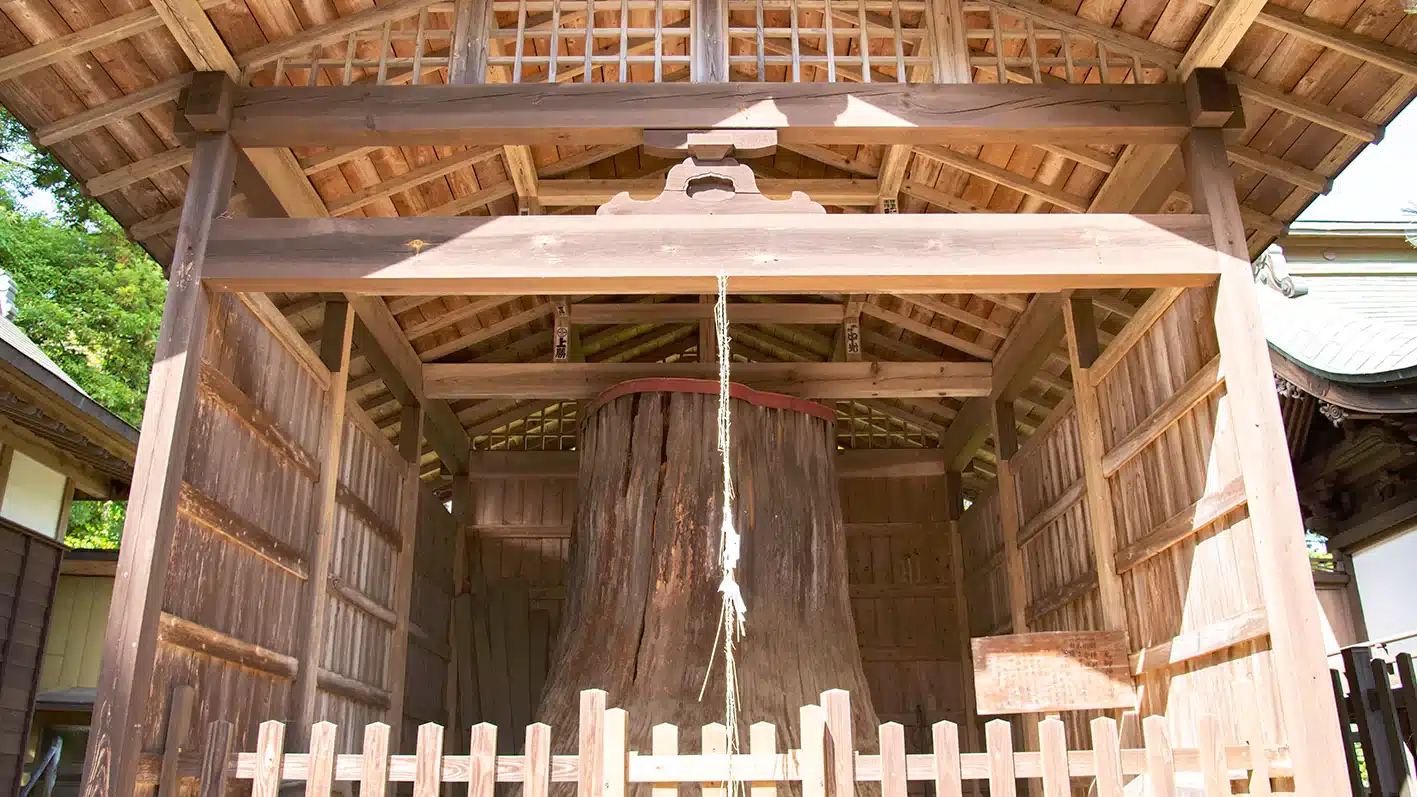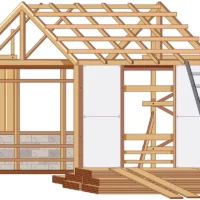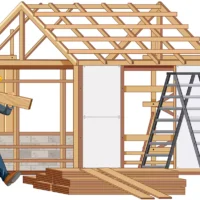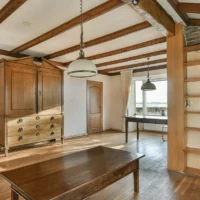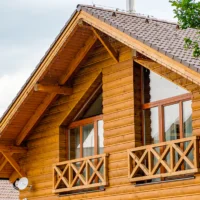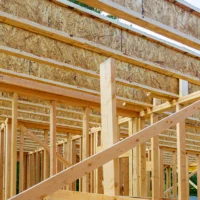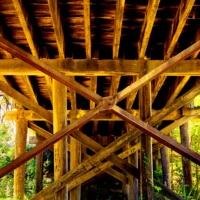Table of Contents
Introduction to Timber Frame Pavilions
Timber frame pavilions have become a popular architectural choice for homeowners and property developers looking to create inviting, long-lasting outdoor spaces. These open-air structures offer a perfect balance of rustic charm and robust engineering, making them ideal for everything from backyard gatherings to luxury outdoor kitchens. Whether you’re planning to enhance your outdoor living space or add value to your property, timber frame pavilions are a beautiful and functional investment.
What Is a Timber Frame Pavilion?
A timber frame pavilion is a freestanding or attached open structure made primarily from large, exposed timbers joined together with traditional mortise and tenon joinery. Unlike conventional construction methods that rely heavily on metal fasteners, timber framing uses interlocking joints that highlight craftsmanship and offer superior stability. The open framework creates a spacious, airy environment while the exposed wood beams bring natural warmth and character.
These structures are commonly used in outdoor settings and are designed to provide shelter, shade, and architectural interest to a variety of spaces. Timber frame pavilions are known for their strength, longevity, and striking appearance, making them a favorite for both residential and commercial landscapes.
Timber Frame vs Post and Beam vs Conventional Framing
Understanding the difference between timber frame pavilions, post and beam, and conventional framing is essential for choosing the right structure for your needs:
- Timber Frame Construction uses precision-cut joinery and wooden pegs to connect beams. This traditional method dates back centuries and emphasizes craftsmanship, durability, and design beauty.
- Post and Beam Construction also uses large wooden posts and beams but relies more on metal connectors and bolts for assembly. While still strong, it lacks the intricate joinery of timber framing.
- Conventional Framing, or stick framing, uses smaller dimensional lumber (like 2x4s) and nails. It’s the standard in modern residential building but doesn’t offer the visual or structural appeal of a timber frame.
When comparing these methods, timber frame pavilions clearly stand out for their unique aesthetics, strength, and artisan quality.
Benefits of Timber Frame Pavilions
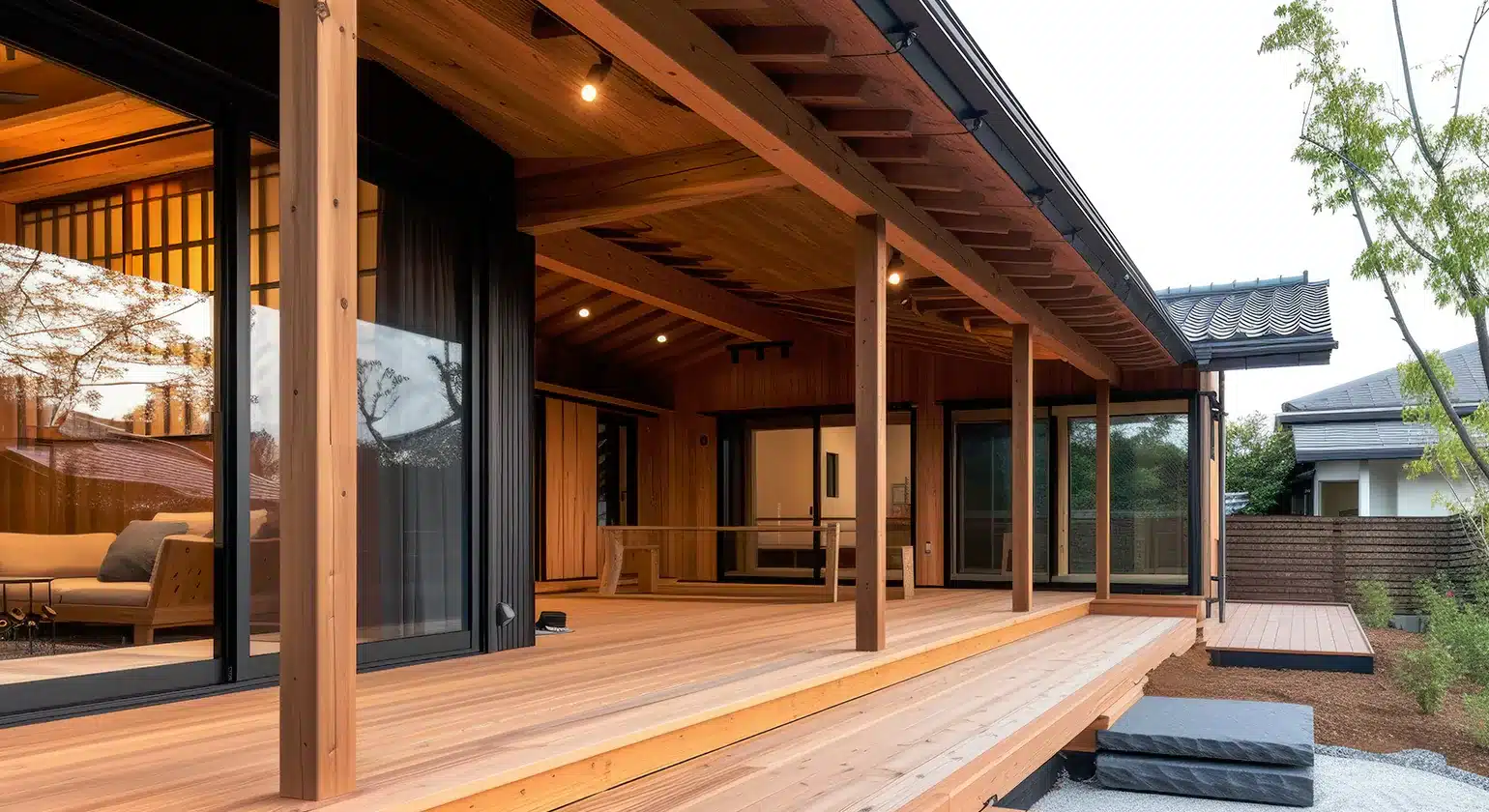
Durability and Structural Strength
One of the most significant advantages of timber frame pavilions is their unmatched durability. The use of large timbers and expertly crafted joints ensures that these structures can withstand the elements for decades. Timber frame construction has stood the test of time—many ancient buildings still standing today were built with similar techniques.
Moreover, the solid wood components resist warping and shifting, making timber frame pavilions a reliable long-term investment. Their robust nature is particularly beneficial in areas prone to heavy snow, strong winds, or seismic activity.
Natural Aesthetics and Rustic Appeal
Timber frame pavilions offer a timeless look that complements both traditional and modern designs. The natural grain, color, and texture of the wood add visual warmth and rustic charm to any setting. Whether you use cedar, oak, or Douglas fir, each type of timber brings its own character.
These structures blend effortlessly with natural surroundings, making them ideal for outdoor use. Whether placed in a backyard garden or beside a mountain lodge, timber frame pavilions enhance the beauty of the environment while offering a functional space.
Energy Efficiency and Sustainability
Sustainability is a key concern for today’s homeowners, and timber frame pavilions align perfectly with eco-friendly values. Timber is a renewable resource, and many builders source their materials from responsibly managed forests.
Additionally, timber’s natural insulating properties help regulate temperature, reducing the need for heating or cooling when used in enclosed or semi-enclosed structures. Some timber frame pavilions also feature insulated roofing and solar integration, adding to their energy efficiency.
Customization and Design Flexibility
Another standout feature of timber frame pavilions is the ability to fully customize them. From the type of wood to the roof style, size, and finishing touches, every aspect can be tailored to match your lifestyle and aesthetic.
You can incorporate features like:
- Exposed trusses for dramatic ceiling height
- Decorative corbels and braces
- Skylights and fans
- Integrated lighting and wiring
- Roofing options like metal, shingle, or thatch
Whether you’re designing a cozy retreat or a grand entertainment area, timber frame pavilions provide the flexibility to bring your vision to life.
Popular Uses for Timber Frame Pavilions
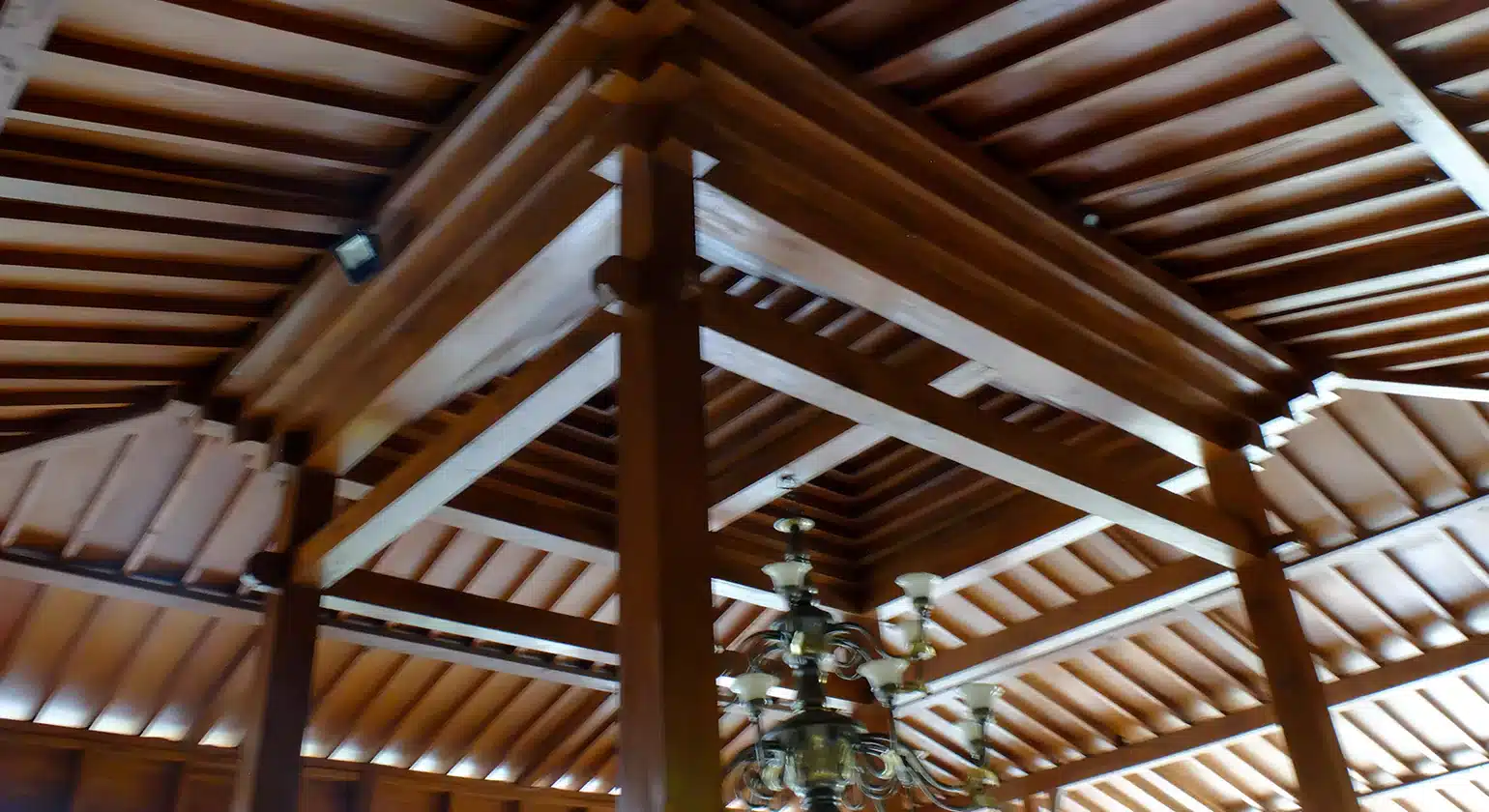
Timber frame pavilions aren’t just beautiful—they’re incredibly versatile. Here are some of the most popular uses:
Outdoor Living Spaces
Creating an outdoor living room is one of the top reasons people invest in timber frame pavilions. These structures provide a defined space to relax, entertain, and enjoy the outdoors without worrying about sun or rain. Add comfortable seating, a fireplace, and even a TV to make it a true extension of your home.
Backyard Kitchens & Grilling Areas
Outdoor cooking has never been more stylish or functional. Timber frame pavilions provide the perfect cover for built-in grills, pizza ovens, and dining areas. The open layout allows for ventilation while protecting your equipment from the elements. With smart lighting and countertops, you can host unforgettable dinner parties right in your backyard.
Garden and Poolside Retreats
Surround your garden or pool with a timber frame pavilion to create a serene retreat. These spaces offer shade after a swim and a quiet spot to enjoy a book or sip your morning coffee. Their organic appearance complements landscaping beautifully, adding both function and elegance.
Event Spaces and Wedding Venues
Timber frame pavilions also shine in commercial and community settings. From rustic wedding venues to event spaces for concerts and gatherings, these structures offer a dramatic backdrop and sturdy performance. Their open design accommodates large groups, and the architectural detail adds a touch of luxury and charm that’s hard to replicate.
Design Ideas and Inspiration

When it comes to enhancing outdoor living, timber frame pavilions offer both style and substance. Whether you’re creating a cozy backyard retreat or a dramatic entertainment area, the right design will elevate the look and functionality of your space. With endless customization possibilities, these structures can match virtually any aesthetic or setting.
Modern Timber Frame Pavilion Styles
Modern timber frame pavilions often feature clean lines, minimalist design, and the use of mixed materials. Incorporating steel accents, glass walls, or flat roofs can give your pavilion a contemporary twist without sacrificing the warmth of natural wood.
Popular elements in modern styles include:
- Slim-profile beams for a sleek appearance
- Large overhangs for shade and rain protection
- Hidden fasteners for a smooth finish
- Integrated lighting and smart features
These pavilions blend seamlessly with modern homes and are ideal for city gardens, poolside lounges, or high-end hospitality settings.
Rustic and Traditional Designs
For those who appreciate a classic look, rustic and traditional timber frame pavilions offer timeless charm. These designs typically feature heavy wood beams, arched braces, and exposed trusses that celebrate craftsmanship and heritage.
Rustic design ideas include:
- Cedar or oak timbers with hand-hewn finishes
- Natural stone bases or fireplaces
- Gabled roofs with wood shingles or metal panels
- Decorative corbels and joinery
These pavilions are perfect for cabins, country homes, and venues aiming to create a cozy, natural feel.
Open-Air vs Enclosed Structures
Timber frame pavilions come in both open-air and enclosed styles, each serving different purposes:
- Open-Air Pavilions: Ideal for patios, grilling stations, or poolside retreats. They offer ventilation, unobstructed views, and a connection to nature.
- Enclosed Pavilions: Provide more protection and can be used year-round. Add glass walls, screens, or retractable panels for flexibility.
Deciding between open or enclosed depends on your climate, intended use, and whether you plan to install utilities like electricity or plumbing.
Small vs Large Pavilion Concepts
The size of your timber frame pavilion will impact its function, cost, and overall footprint:
- Small Pavilions (10×10 to 12×16 feet) are great for intimate settings, garden corners, or hot tub enclosures.
- Medium Pavilions (16×20 to 20×30 feet) work well for dining areas, outdoor kitchens, or lounges.
- Large Pavilions (30+ feet) are perfect for event spaces, commercial settings, or multi-zone outdoor living spaces.
When designing your pavilion, consider your available space, how many people it should accommodate, and what features you plan to include.
Choosing the Right Timber for Your Pavilion
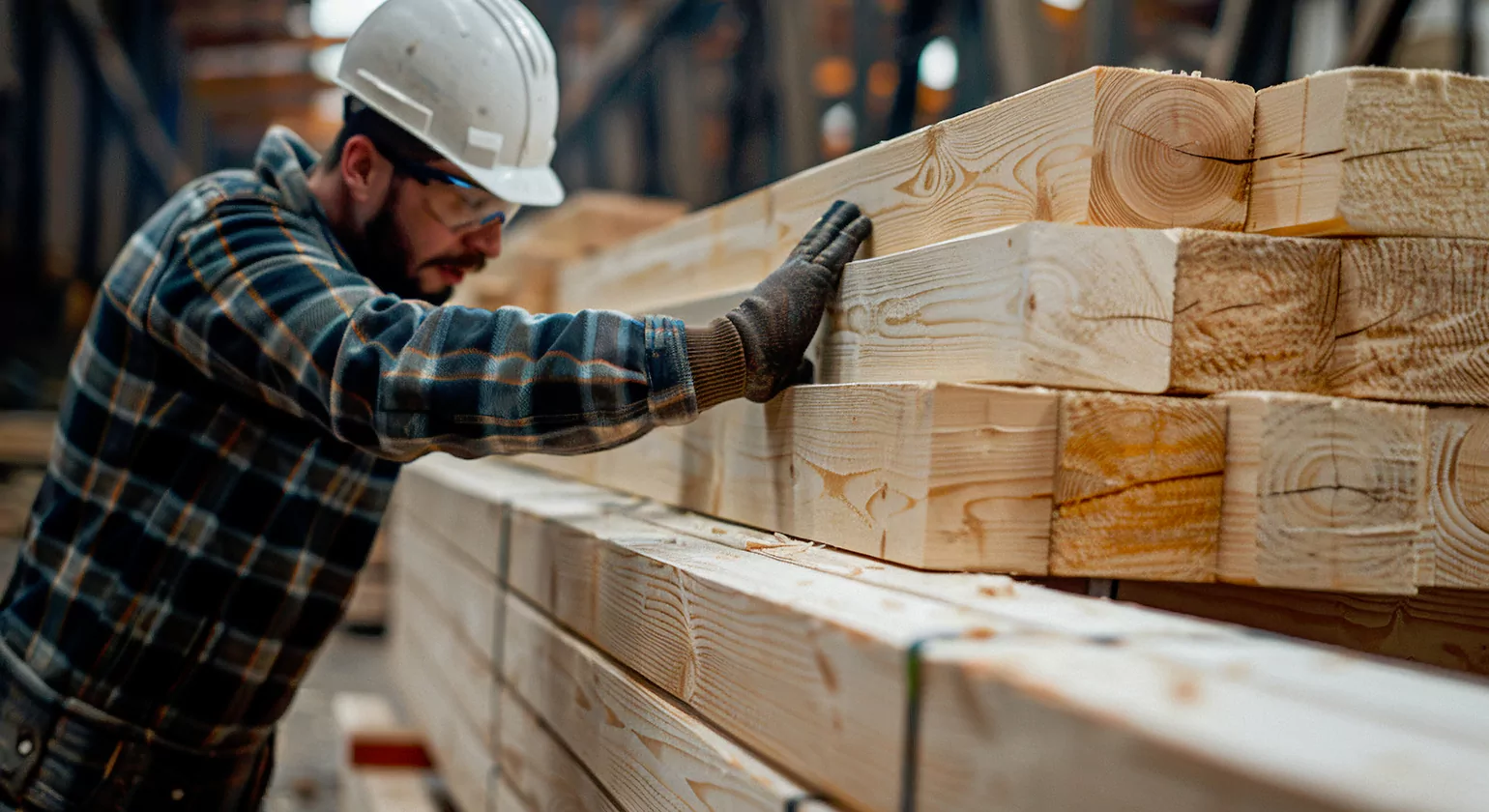
Selecting the right wood species is crucial to the longevity and look of timber frame pavilions. The wood must withstand outdoor conditions while maintaining its aesthetic appeal over time.
Best Wood Species for Outdoor Use
Not all timbers are equal when it comes to outdoor performance. Some of the best choices include:
- Douglas Fir: Strong, stable, and easy to work with. Its light color and tight grain make it a popular choice for modern pavilions.
- Western Red Cedar: Naturally resistant to insects and decay. Offers a beautiful reddish hue and aromatic scent.
- White Oak: Dense and water-resistant. Great for traditional or rustic designs.
- Southern Yellow Pine (Pressure Treated): A cost-effective option that holds up well with proper treatment.
Each species offers unique characteristics, so weigh factors like color, cost, and durability when choosing your timber.
Reclaimed vs New Timber
Using reclaimed timber adds a layer of sustainability and character to your pavilion. These aged beams often come from old barns or industrial buildings and have a weathered, rustic look that’s hard to replicate with new wood.
Pros of Reclaimed Timber:
- Eco-friendly and sustainable
- Rich character and patina
- High strength due to slow-growth wood
Cons:
- Higher cost and limited availability
- Inconsistencies in sizing or condition
New timber, on the other hand, offers uniformity and is easier to source in custom dimensions. For modern or precise designs, new wood is often the better option.
Timber Finishes and Maintenance Tips
To preserve the beauty and strength of your timber frame pavilion, proper finishing and maintenance are essential:
- Finishes: Apply an outdoor wood stain or sealant to protect against moisture, UV rays, and insects. Choose between clear sealers for a natural look or tinted stains for added color.
- Regular Maintenance: Clean the structure yearly, check for cracks or wear, and reapply protective coatings every 2–3 years.
- Roofing Materials: Choose durable options like metal, shingles, or polycarbonate panels to protect the wood from rain and sun exposure.
Well-maintained timber frame pavilions can last 30–50 years or more, making them a worthwhile investment.
DIY Timber Frame Pavilion Kits vs Custom Builds
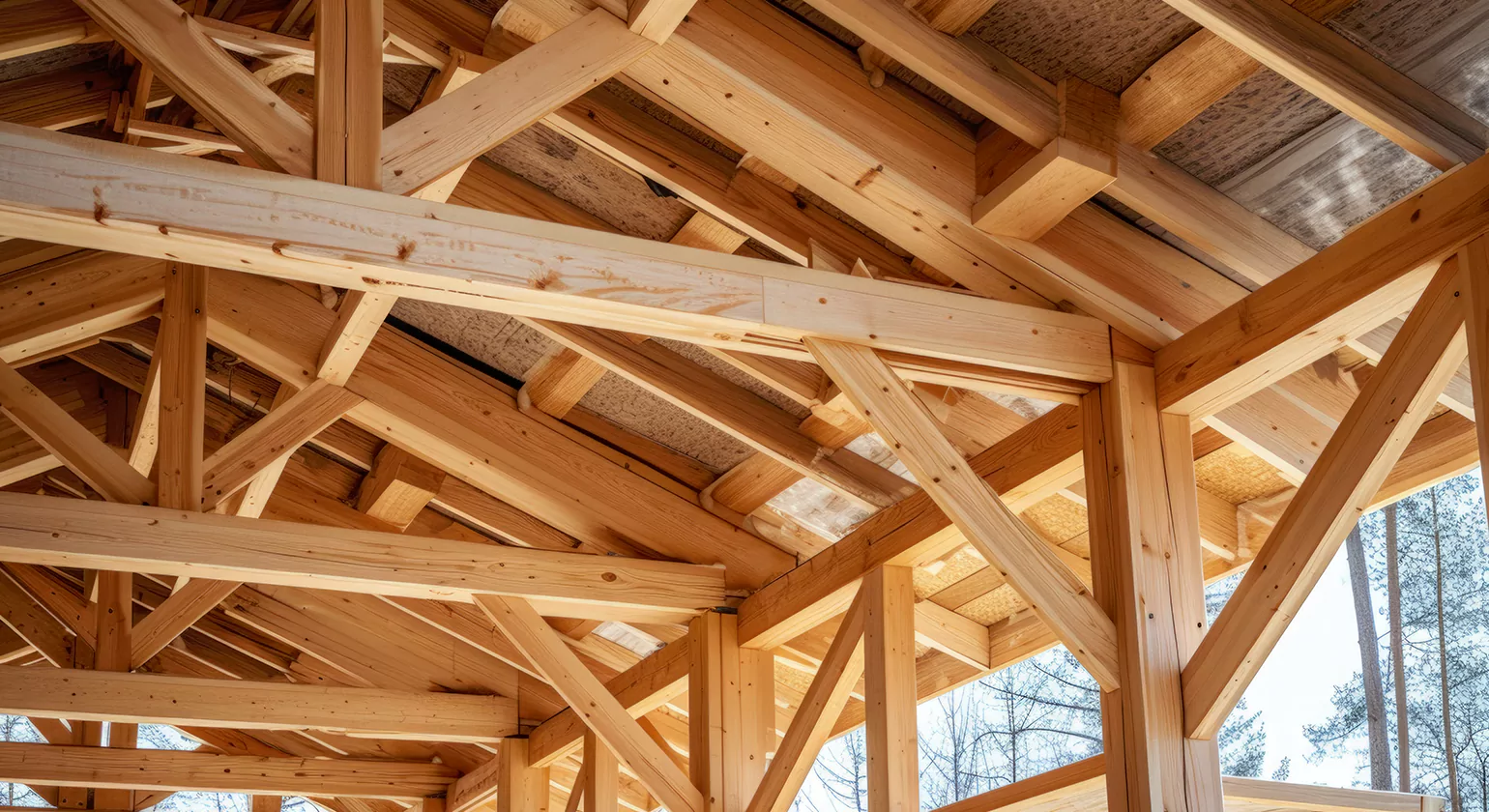
When planning your pavilion, you’ll face the choice between a DIY kit and a custom build. Both options have their merits depending on your budget, timeline, and project complexity.
Pros and Cons of Pre-Cut Kits
DIY timber frame pavilion kits come with pre-cut and pre-drilled timbers, hardware, and detailed assembly instructions.
Advantages:
- Lower cost compared to custom builds
- Faster delivery and installation
- Ideal for handy homeowners or small teams
Drawbacks:
- Limited customization options
- May not fit unique site requirements
- Requires tools and some construction experience
DIY kits are best for simple designs and standard sizes where speed and affordability are priorities.
Custom Pavilion Projects: What to Expect
Custom timber frame pavilions are built to your specifications, allowing full control over size, design, wood species, and finishes.
What to Expect:
- Collaboration with designers or timber frame specialists
- Custom-cut timbers tailored to your site
- Options for high-end features like lighting, wiring, or stonework
While more expensive and time-consuming, custom builds offer unmatched flexibility and quality. They are ideal for unique properties or premium outdoor spaces.
Costs and Time Considerations
The price and timeline of a timber frame pavilion depend on size, complexity, material choice, and installation method.
Typical Cost Ranges:
- DIY Kits: $5,000 – $25,000
- Custom Builds: $20,000 – $100,000+
Installation Time:
- DIY kits can be assembled in 2–5 days
- Custom builds may take 3–8 weeks, including design, fabrication, and construction
Don’t forget to factor in permits, site prep, foundation, utilities, and finishing touches when budgeting.
Planning, Building, Your Pavilions
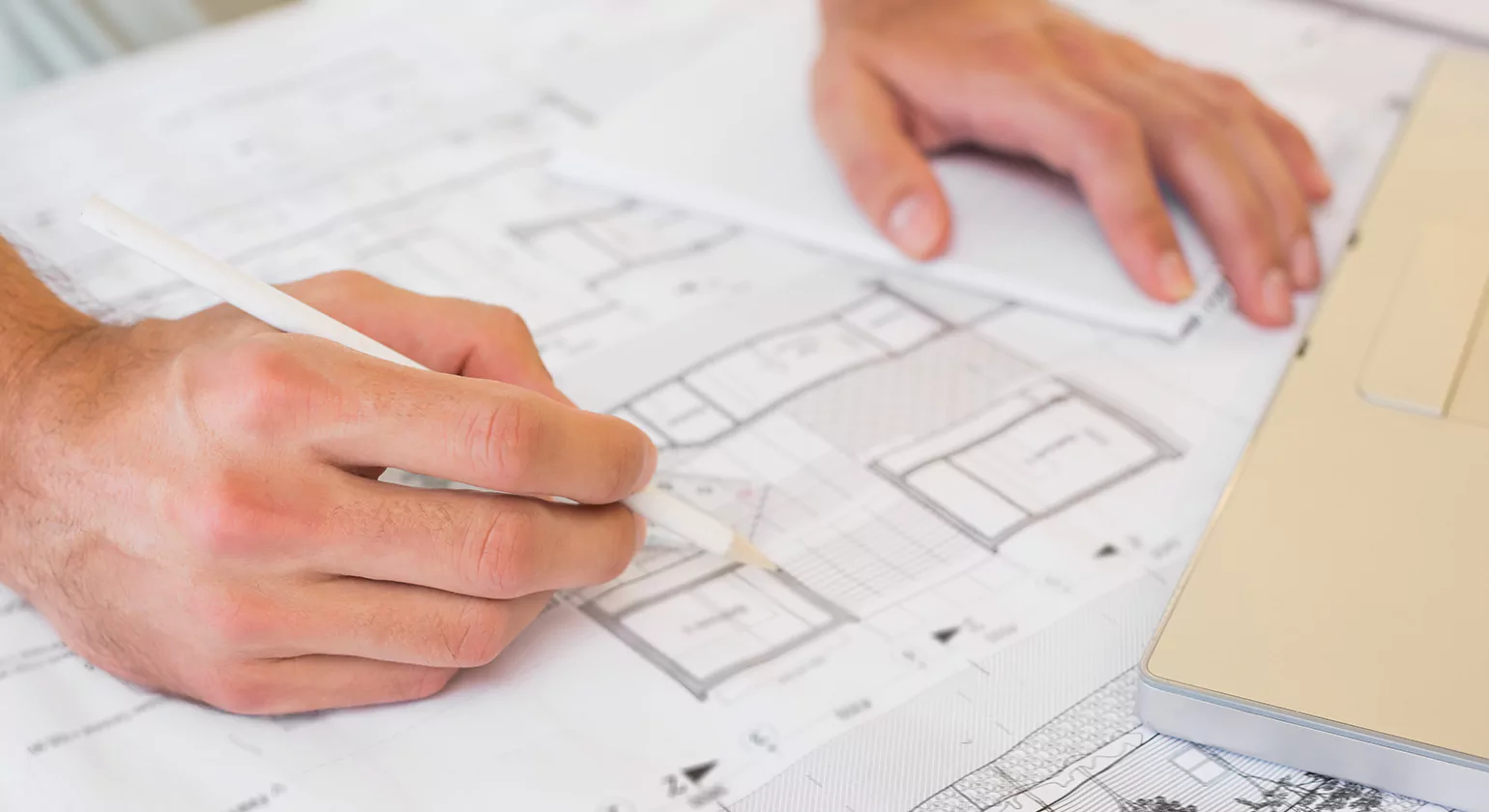
Permits, Zoning & Regulations
Before you break ground on your timber frame pavilion, it’s crucial to understand local building codes, permits, and zoning regulations. Most municipalities require a permit for outdoor structures, especially when they are larger than a certain size or include utilities like electricity or plumbing.
To avoid delays or penalties:
- Check with your local building authority
- Understand height and setback restrictions
- Confirm if your property is in a historical or HOA-regulated area
- Submit blueprints or structural drawings, especially for custom timber frame pavilions
Proper planning ensures your pavilion is safe, legal, and protected by insurance.
Site Preparation and Foundation Requirements
Choosing the right site and preparing it properly are essential steps in building long-lasting timber frame pavilions. The ground must be level, stable, and suitable for supporting a heavy timber structure.
Key Site Prep Tasks:
- Clearing & Grading: Remove vegetation and level the area
- Soil Testing: Optional, but helpful in assessing drainage and load-bearing capacity
- Foundation Types:
- Concrete slab (ideal for full-use areas like kitchens or enclosed pavilions)
- Concrete piers or footings (suitable for open-air setups)
- Paver or gravel pads (budget-friendly, temporary)
The foundation must align with your pavilion’s size, weight, and intended use. Poor site prep can lead to shifting, sagging, or water damage over time.
Working With Timber Frame Contractors
Partnering with the right builder is vital when constructing timber frame pavilions. While some experienced DIYers can manage kits themselves, complex or custom pavilions often require a professional touch.
What to Look for in a Contractor:
- Experience with timber framing (not just general carpentry)
- Portfolio of past pavilion projects
- Clear contracts, timelines, and warranties
- Knowledge of local codes and permit processes
Good contractors not only bring your vision to life but also help avoid costly mistakes.
Cost Breakdown: How Much Does a Timber Frame Pavilion Cost?
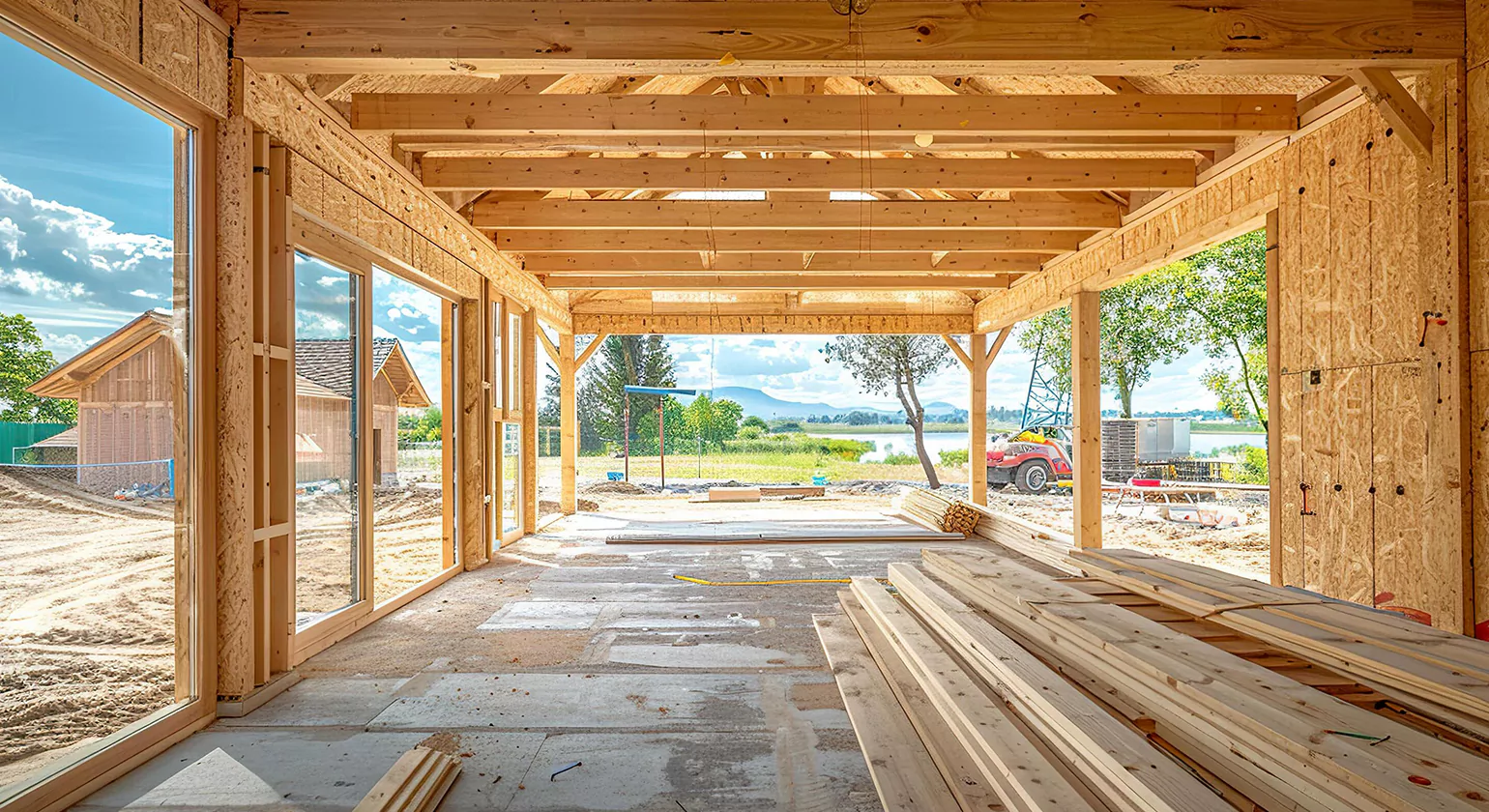
Understanding the financial commitment is a key step in planning your timber frame pavilion. Costs can vary widely based on several factors, but here’s a general breakdown:
Base Price Estimates:
- DIY Timber Frame Pavilion Kits: $5,000 – $25,000
- Custom-Built Pavilions: $20,000 – $100,000+
These figures typically include the frame, roof, and basic finishes. Additional features—like lighting, kitchens, or custom joinery—will raise the price.
Factors That Influence Cost (Size, Material, Labor)
Several variables affect the total cost of timber frame pavilions:
- Size – Larger pavilions naturally cost more due to increased materials and labor.
- Timber Species – High-end options like white oak or reclaimed wood are pricier than pine or fir.
- Roof Type – Gabled or hipped roofs with premium materials add to the budget.
- Site Prep – Sloped or uneven land may need extra grading or foundation work.
- Labor – Skilled timber framing is labor-intensive and may command higher rates.
- Customization – Unique features, finishes, or decorative joinery increase costs.
Understanding these factors helps set realistic expectations and prioritize your must-haves.
Budget-Friendly vs Premium Builds
Timber frame pavilions are highly versatile, making it possible to work within a modest budget or invest in a high-end structure. Here’s how they differ:
Budget-Friendly Pavilion:
- Uses standard-size kits
- Pine or pressure-treated wood
- Basic stain or sealant
- Paver foundation
- DIY or limited subcontractor work
Premium Pavilion:
- Fully custom design
- Reclaimed or hardwood timbers
- Intricate joinery and wood carving
- Enclosed with screens or glass
- Integrated lighting, fans, or outdoor appliances
Your final choice depends on your goals—whether you’re building a cozy backyard nook or a showpiece entertainment space.
Hidden Costs to Watch Out For
Even well-planned timber frame pavilions can come with unexpected expenses. Here are some common ones to factor into your budget:
- Permit Fees – Can range from $100 to over $1,000 depending on location
- Excavation or tree removal
- Electrical and plumbing installation
- Shipping for large timber kits
- Custom foundation work
- Insurance rider updates
Planning for these in advance helps avoid surprises down the line.
Maintenance and Longevity
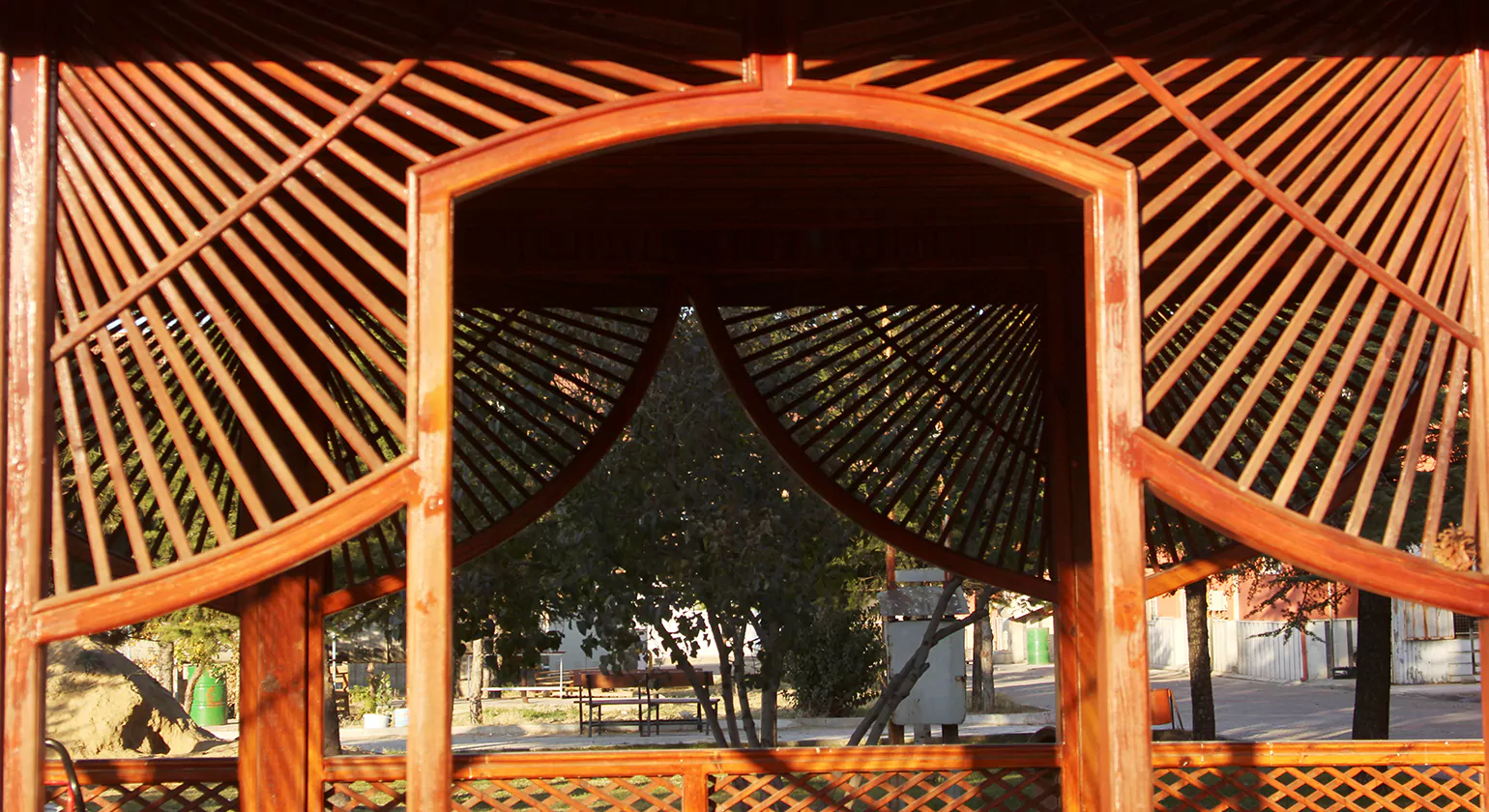
One of the greatest benefits of timber frame pavilions is their longevity. With proper care, these structures can last 30–50 years or more. However, like all outdoor wood constructions, they require regular maintenance to stay in peak condition.
Annual Maintenance Checklist
To keep your timber frame pavilion looking great and functioning well, perform this annual maintenance routine:
- Inspect for Cracks or Splits – Address any damage with wood filler or professional repair
- Clean the Timber – Use a soft brush and mild soap to remove mildew, dust, and pollen
- Reapply Sealant or Stain – Protects wood from UV rays, rain, and insects
- Check for Moisture Damage – Especially near joints, foundation, and where wood meets ground
- Inspect Roof and Gutters – Ensure proper drainage and replace damaged shingles or panels
- Check Hardware & Fasteners – Tighten loose bolts or replace rusted connectors
Consistent care helps prevent bigger, costlier issues in the future.
How to Protect Timber from Weather & Pests
Exposure to the elements and insects can degrade even the best wood. Here’s how to safeguard your investment:
- Seal or stain every 2–3 years with a high-quality, outdoor-rated product
- Keep vegetation trimmed around the pavilion to reduce moisture and pest access
- Install a roof with wide overhangs to shield timbers from rain and direct sun
- Use treated base plates or metal post anchors to avoid ground contact
- Apply borate treatments if termites or wood-boring beetles are common in your region
These precautions will greatly extend the life of your timber frame pavilion.
Repair Tips and Long-Term Care
Minor issues are inevitable over time. Here’s how to handle them effectively:
- Surface Cracks: Fill with epoxy or wood filler, then sand and reseal
- Weathering: Use a wood brightener before restaining to restore color
- Loose Joints: Re-tighten wooden pegs or consult a timber frame expert
- Sagging Roof or Posts: Address immediately—may require structural support or professional correction
When in doubt, hire a specialist to assess serious wear and recommend appropriate restoration.
Conclusion
Timber frame pavilions offer a timeless blend of durability, natural beauty, and architectural versatility, making them an ideal choice for enhancing outdoor spaces. Whether you’re drawn to rustic charm or modern elegance, these structures can be customized to suit any design vision and functional need—from backyard kitchens and garden retreats to grand event venues. Thoughtful planning around permits, site preparation, and material selection ensures a smooth building process, while understanding the cost factors helps balance budget and features. Choosing between pre-cut kits or custom builds depends on your timeline, design complexity, and investment goals. With proper maintenance and care, timber frame pavilions can last for decades, providing a lasting and valuable addition to your property. By combining smart planning, quality craftsmanship, and long-term upkeep, you can create a beautiful, functional outdoor space that will be enjoyed for generations.
Know More>>> Timber Frame Barndominiums: Where Rustic Design Meets Modern Living
FAQ'S
1.Are Timber Frame Pavilions Worth It?
Yes, timber frame pavilions are worth the investment for their durability, natural aesthetics, customization options, and ability to increase property value. They create functional, visually appealing outdoor spaces that last for decades with proper care.
2.How Long Do Timber Frame Pavilions Last?
With quality materials and routine maintenance, timber frame pavilions can last 30–50 years or more. Their longevity surpasses that of many conventional outdoor structures, especially when protected from moisture and pests.
3.Can You Build a Timber Frame Pavilion Yourself?
Yes, many homeowners choose pre-cut DIY kits that include instructions and all materials. However, for larger or more complex pavilions, hiring a timber frame contractor is recommended to ensure structural integrity and compliance with local codes.
4.What’s the Best Wood for a Timber Frame Pavilion?
Popular choices include Douglas fir, Western red cedar, and white oak—each offering a balance of strength, resistance to decay, and aesthetic appeal. Reclaimed wood is also an eco-friendly option with added character.
5.Do Timber Frame Pavilions Require a Building Permit?
In most areas, yes. Permits are typically required for any permanent outdoor structure, especially those exceeding a certain size or including utilities. Always check local building codes before starting your project.
6.What’s the Average Cost of a Timber Frame Pavilion?
Costs vary based on size, wood type, design complexity, and site conditions. DIY kits can range from $5,000–$25,000, while custom builds may cost $20,000–$100,000 or more.
7.How Do You Maintain a Timber Frame Pavilion?
Annual maintenance includes cleaning the wood, inspecting for damage, reapplying sealant or stain, checking fasteners, and inspecting the roof. These steps ensure long-term durability and aesthetic appeal.
8.Can Timber Frame Pavilions Be Enclosed or Insulated?
Yes, timber frame pavilions can be partially or fully enclosed with glass, screens, or solid walls. Some enclosed versions can even be insulated and equipped with lighting, plumbing, and HVAC for year-round use.
9.Are Timber Frame Pavilions Weather-Resistant?
When built with the right wood species and sealed properly, timber frame pavilions are highly weather-resistant. Wide roof overhangs and proper drainage further protect the structure from rain, snow, and sun.

